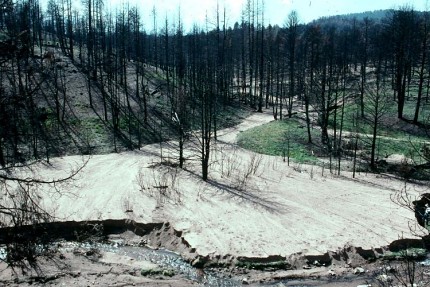The Federal Lands Access Program has awarded $476,000 in new grant funding for expanded transit service to Clackamas County, the Mt. Hood National Forest, and the City of Sandy. The funding will help to expand the Mountain Express bus service to Government Camp, Timberline Lodge and other locations on Mt. Hood, as well as Sandy Area Metro (SAM) bus service.
The successful award will allow the Mountain Express bus, operated by Clackamas County, to increase its service to five scheduled runs daily, seven days per week, and seven runs daily during the winter season. The grant also adds bus service between Sandy and Gresham on Saturday mornings and Sundays to provide connections to regional transit service.
“We know that transportation on Mt. Hood is extremely important for the economy of our mountain communities,” said Jim Bernard, County Commissioner. “We are really excited about this grant because transportation resources are important for seniors, people with disabilities, employees, and others who need a safe and reliable way to get to work and services.”
“The expanded service on the mountain will be a big help,” he continued.
The grant was awarded by the Federal Lands Access Program, a Federal grant program that works to improve access to Federal lands, such as National Parks and Forests. The grant was made possible with cooperation from local businesses who have agreed to financially contribute to the project.
Support from partners such as Mt. Hood Ski Bowl, Timberline Lodge, and the Resort at the Mountain have been critical in making the expansion possible. The support of the Village at Mt. Hood has also been important.
Mt Hood National Forest has been a leader in promoting the expansion of public transit options and has been the sponsoring organization for both this grant and another recent grant for new vehicles for the Mountain Express.
The grant will be distributed over two years. In year one, the grant will provide $230,000. In year two, the grant will provide $246,000. Earlier this year, The Mountain Express bus service also received an additional $460,000 from thePaul S. Sarbanes Transit In Parks grant program for new vehicles and equipment. The new vehicles will include specialized equipment for transporting skis and snow boards, mountain bikes and other types of recreational equipment.
Clackamas County will be holding a series of public meetings to discuss the expansion of transit services on Mt. Hood. Please join us at one of the following public meetings to get more information and provide your thoughts on stops and times of the expanded service:
In Welches: Thursday, August 15th from 4:30 p.m. to 5:30 p.m.
Hoodland Fire Station, 69634 E.
Hwy. 26, Welches
In Sandy: Wednesday, August 21st from 6 p.m. to 7 p.m.
Sandy Transit Operations Center,
16610 Champion Way, Sandy
In Government Camp: Saturday, August 10th at 7 p.m.
In conjunction with the Government Camp CPO Meeting
Mt Hood Cultural Center and Museum,
88900 Government Camp Loop,
For more information, please contact Teresa Christopherson, Clackamas County Social Services, at 503-650-5718 or atteresachr@co.clackamas.or.us
******
The Clackamas County Health, Housing and Human Services department promotes and assists individuals, families and communities to be healthy, safe, and thrive. H3S provides a broad spectrum of services for low income and vulnerable residents and addresses public health issues for the entire county.


